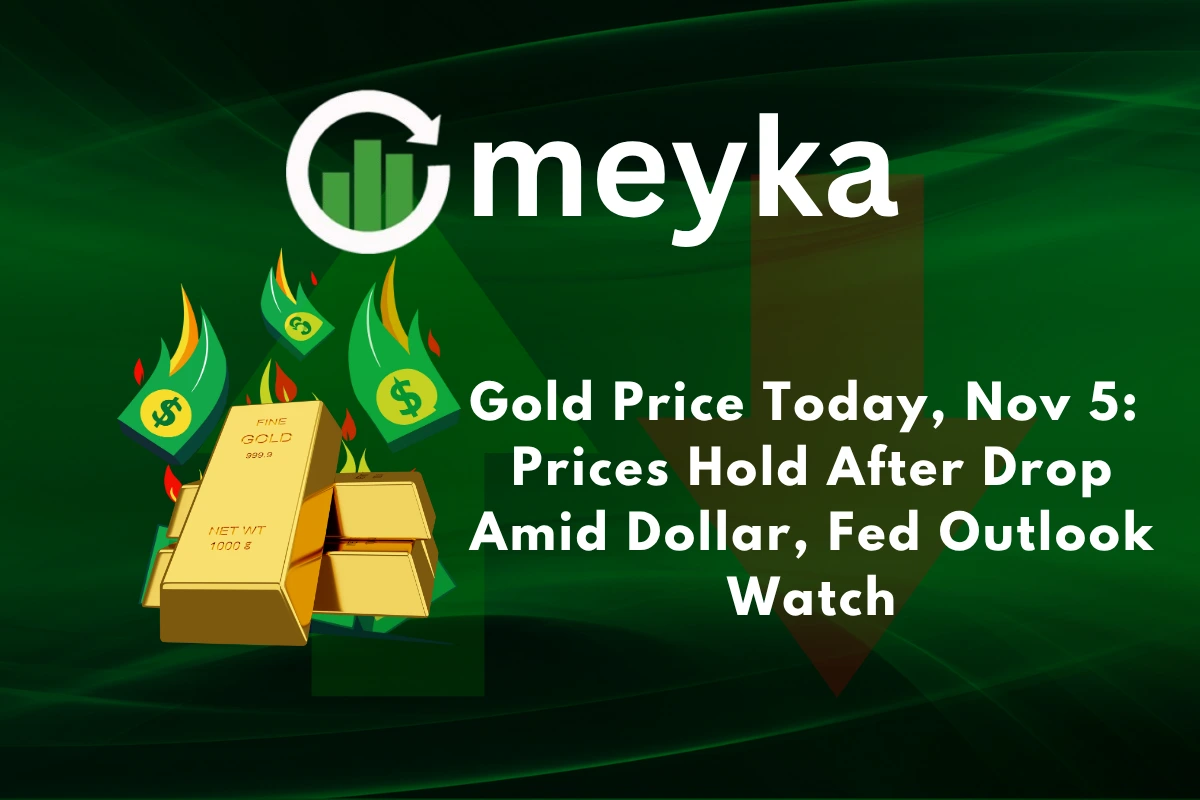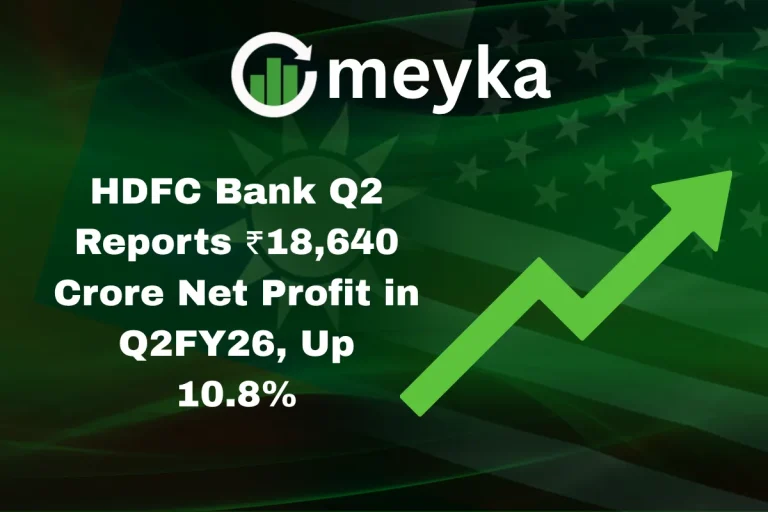Gold Price Today, Nov 5: Prices Hold After Drop Amid Dollar, Fed Outlook Watch
Gold price steady on November 5, 2025, after a sharp drop earlier this week. Spot gold was seen holding near recent lows as traders waited for new clues on U.S. interest rates and the dollar’s next move. The metal had slipped on Monday when the U.S. dollar index climbed to a two-week high, making gold more expensive for overseas buyers.
Now, investors are watching how the Federal Reserve will guide markets after signaling a cautious tone on rate cuts. Higher interest rates usually weigh on gold because it doesn’t earn interest like bonds. Still, safe-haven demand keeps some support under prices, especially as global markets stay uncertain.
Analysts say this week’s U.S. data, including job numbers and inflation updates, could decide gold’s next direction. For now, the market is quiet but alert with traders balancing hopes for easier Fed policy against the pull of a stronger dollar.
Gold Price: Market Snapshot

Spot gold traded around $3,965-$3,975 per ounce on November 5, 2025, after a modest bounce from a near one-week low. U.S. December futures also rose, but prices stayed below the $4,000 psychological mark. The dollar held near recent highs. These moves left gold in a tight intraday range and kept traders on edge.
What Happened this Week: The Price Action Story
Gold peaked in mid-October and then gave back ground through early November. The metal slid sharply on November 4, 2025. The drop came as the U.S. dollar strengthened and markets trimmed bets on near-term Fed easing. On November 5, bargain-hunters pushed prices up a bit. Still, the overall tone stayed cautious. Traders noted a roughly 10% fall from the October peak to early November.

Drivers: Why Prices Moved?
A stronger dollar weighed on bullion this week. The dollar rose as investors pared back chances of another Fed rate cut in 2025. A firmer dollar makes bullion costlier for foreign buyers. That cut demand and pressured prices.

Federal Reserve signals also mattered. Fed officials offered mixed views after the October rate cut. Markets now see fewer cuts this year. That lifted real yields. Higher yields reduce the appeal of non-yielding assets like gold. Analysts linked Powell’s comments and Fed divisions to the change in odds.
Economic data and event risk shaped short-term flows. Traders focused on private payrolls and other U.S. indicators for signs of cooling inflation. The government shutdown, at times, has left markets chasing private data. These gaps can cause sharper swings in safe-haven assets.
Positioning and technical moves added momentum. Long positions were trimmed after the slide. Some funds then bought dips, creating a small rebound on November 5. ETF inflows and central bank buying remain a structural support this year.
Technical View of Gold Price

Gold faced resistance near $4,000. Support sat near $3,900-$3,950. A close above $4,000 on heavy volume would signal strength. A decisive break below $3,900 could invite more selling. Short-term traders should watch daily closes and volume. Momentum readings suggest mixed sentiment.
Macro and Supply/Demand Context
Investment demand has driven the 2025 rally. Gold ETFs saw heavy inflows through Q3 and into Q4. Central banks kept buying, adding official reserve demand. Jewelry and retail demand in India and China remain relevant for physical markets. Higher consumer demand in those markets would tighten physical spreads and support prices locally. Still, macro forces like the dollar and Fed policy are the dominant near-term drivers.
What Does it Mean for Investors?
Gold can act as a hedge in uncertain times. But it moves fast. Higher U.S. yields can push it down. A weaker dollar or renewed investor fear can lift prices quickly. Longer-term investors should size positions carefully. Traders may use ETFs to gain exposure.
Use stop losses and clear entry plans. Consider local market costs for physical bullion. Goldman and other large institutions have flagged scenarios where gold could move much higher if policy or political risks intensify.
Short-term Outlook and Scenarios
If U.S. jobs and inflation data come in stronger than expected, gold could slip toward $3,900. If data weaken and rate-cut odds revive, gold may test $4,100-$4,200. Central bank buying and ETF flows add a safety floor. Watch Fed speakers and the next round of macro prints closely. Sentiment can flip quickly in either direction.
Final Words
Gold prices on November 5, 2025, showed stability after a sharp fall earlier in the week. The market stayed cautious as traders watched U.S. data and Fed signals. A stronger dollar and changing rate expectations kept prices in check.
Still, steady central bank buying and safe-haven demand offered some support. In the near term, gold’s direction will depend on upcoming U.S. job and inflation reports. If the data weakens, prices may rise again. For now, investors remain alert but patient.
Frequently Asked Questions (FAQs)
Gold price stayed steady on November 5, 2025, as traders waited for new U.S. economic data and Federal Reserve updates before making big market moves.
A strong U.S. dollar makes gold more expensive for other countries. This often reduces demand and causes gold prices to fall, while a weaker dollar lifts prices.
Yes, gold often rises when the Federal Reserve cuts rates because lower interest returns make non-yielding assets like gold more attractive to investors.
Disclaimer: The content shared by Meyka AI PTY LTD is solely for research and informational purposes. Meyka is not a financial advisory service, and the information provided should not be considered investment or trading advice.






